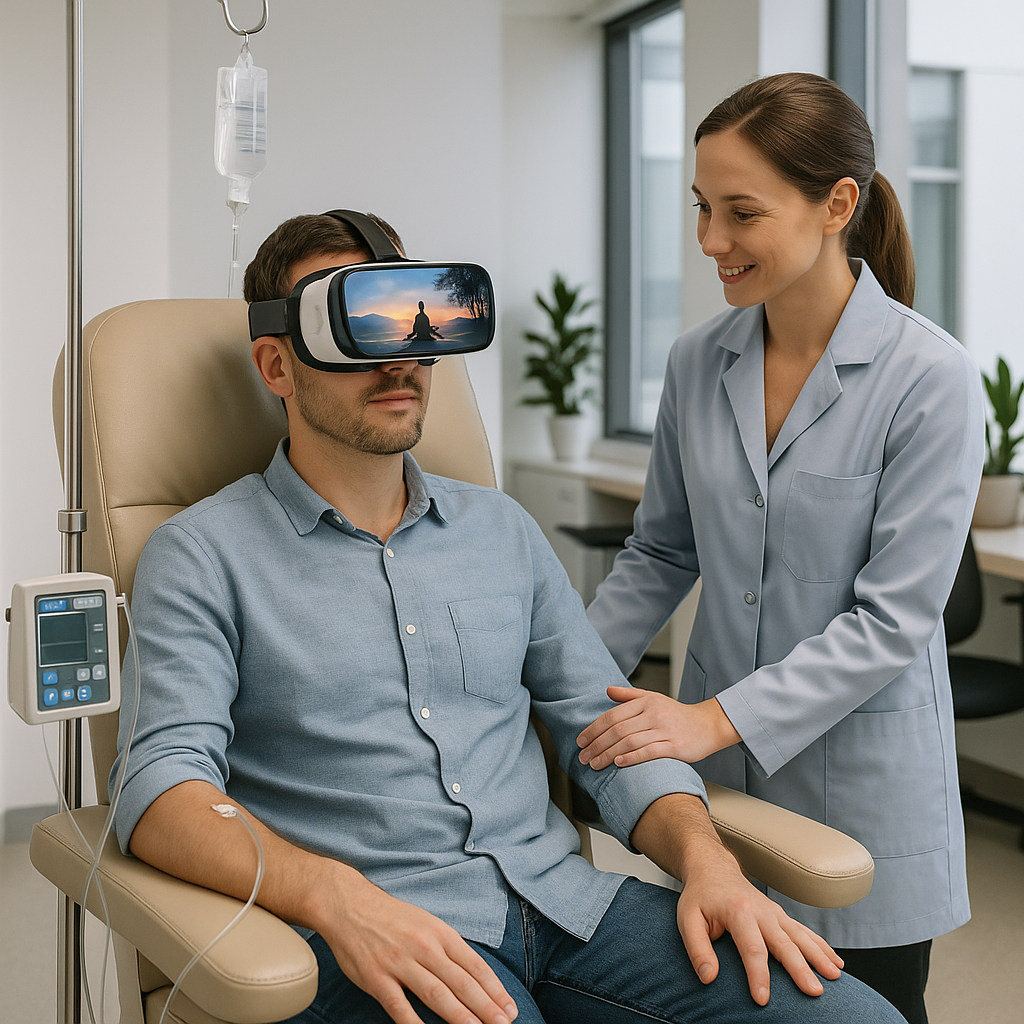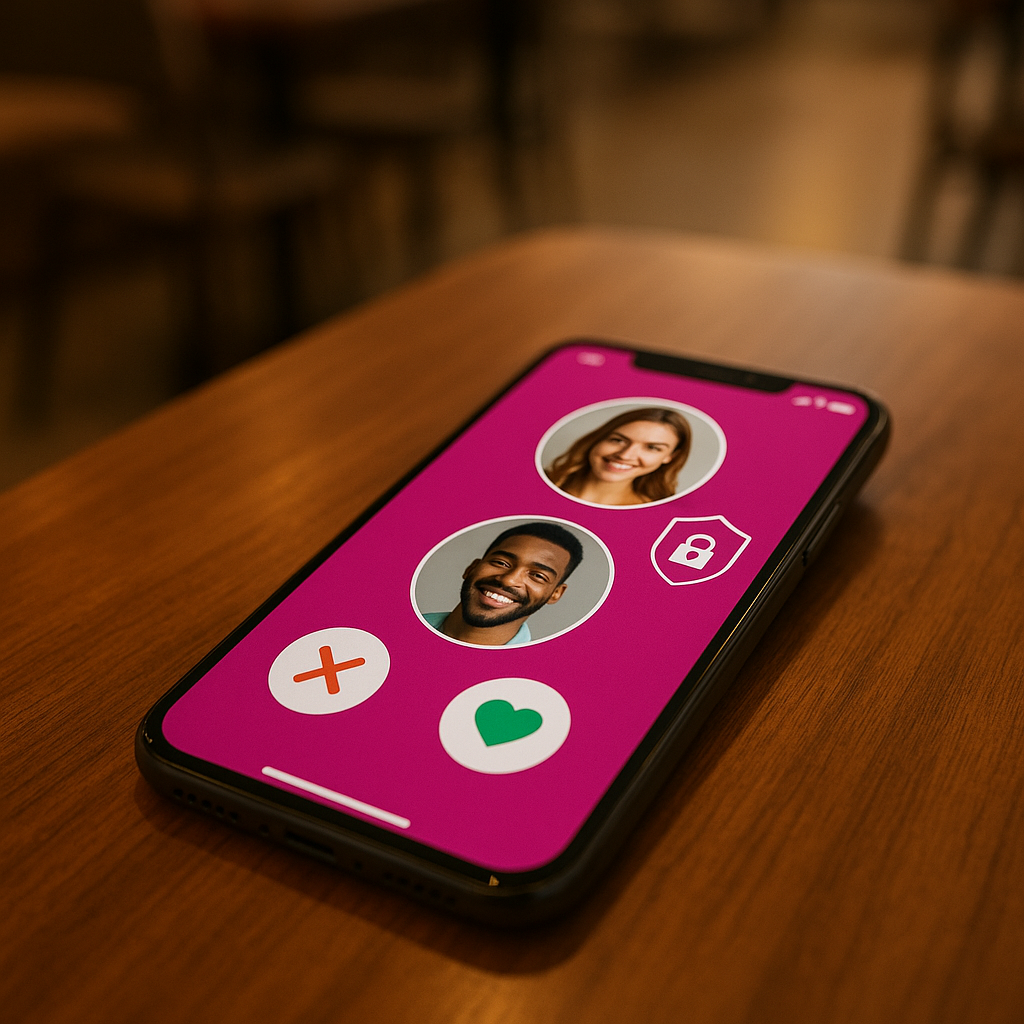# Embracing Virtual Reality in Healthcare: A New Dawn for Patient Comfort
As I delve into the ever-evolving landscape of healthcare technology, I can’t help but feel excitement about the integration of Virtual Reality (VR) into patient care. The notion of using immersive technology to make daunting medical treatments bearable is not merely a futuristic fantasy; it’s happening right now. The innovative applications of VR are transforming the way patients approach their health challenges, and I want to share my thoughts on why this is a game-changer for both patients and healthcare providers.
## Understanding the Patient Experience
Take, for instance, the story of Stanley Johnson, a 67-year-old Air Force veteran who found himself anxious about his IV infusion sessions for iron deficiency. Like many patients, the anticipation of needles and lengthy treatments can evoke significant stress. However, Johnson turned to a familiar comfort: his Apple Vision Pro headset. Utilizing the immersive wellness app, Tripp, Johnson found solace in engaging meditation, captivating movies, and soothing soundscapes—distractions that allowed him to navigate his anxiety more easily.
This highlights a growing trend where patients are seeking innovative ways to cope with stress and discomfort during their medical journeys. VR is enabling individuals like Johnson to escape their immediate surroundings, experiencing mindfulness and relaxation amidst an otherwise uncomfortable situation.
## The Science Behind the Comfort
In recent years, studies have illuminated the potential benefits of VR in healthcare settings. From research conducted at the Vanderbilt-Ingram Cancer Center, we learned that patients undergoing chemotherapy who used VR headsets during treatment reported significant improvements in stress levels and overall mood. In fact, heart rates decreased appreciably, underscoring the effectiveness of immersive experiences as a coping mechanism. All of this evidence supports the idea that VR is not just a novelty—it’s a viable stress-relief tool.
In my professional experience, I’ve seen the importance of patient comfort come to the forefront. Having access to tools that help mitigate anxiety and discomfort is invaluable in promoting a positive healthcare experience. This philosophy aligns perfectly with Best Choice’s commitment to leveraging technology for improved patient outcomes.
## A Cost-Effective Solution for Healthcare Providers
For clinics and hospitals looking to enhance patient experiences, investing in VR technology is remarkably accessible. For a few hundred dollars, healthcare providers can procure VR headsets and begin exploring the myriad of calming and engaging content available. As mentioned in the studies, maintaining these devices is straightforward—just proper cleaning and care to ensure hygiene and longevity.
Adopting VR technology not only benefits patients but can also elevate a clinic’s or hospital’s reputation. When patients feel cared for and engaged, they are more likely to maintain a positive perception of their healthcare experience.
## Applications Beyond Cancer Treatment
While using VR for chemo patients is a compelling application, the potential of this technology extends far beyond. Consider individuals undergoing physical therapy, those receiving dental work, or even children facing surgical procedures. The principles of distraction and immersion can translate seamlessly across various medical scenarios, making VR an incredibly adaptable tool in the healthcare toolkit.
For instance, children may feel less anxious during a dental visit if they’re allowed to use a VR headset to play games or view cartoons while undergoing treatment. Similarly, patients with chronic pain could benefit from immersive landscapes designed to promote relaxation and help alleviate discomfort.
## Looking to the Future
As we explore the potential of VR in healthcare, it’s clear that this technology holds much promise. The ability to transport patients to serene environments not only alleviates anxiety but also creates positive associations with their healthcare experiences, fostering a productive healing atmosphere. We’re witnessing the convergence of technology and healthcare like never before, and the implications are profound.
At Best Choice, we believe that integrating IT solutions in healthcare can vastly improve patients’ experiences. If you’re part of a healthcare facility considering the incorporation of VR or other digital solutions, I’d love to help guide you through choosing the right technology to benefit both your staff and patients.
## Conclusion
The journey of integrating VR into healthcare is just beginning, but the stories and studies we’ve seen clearly indicate a future where patients can find relief and comfort during some of life’s most challenging moments. It’s about more than just technology—it’s about enhancing lives, easing fears, and making medical treatments more bearable.
If you’re intrigued by the possibility of implementing innovative IT solutions in your healthcare practice, we at Best Choice are here to assist you. Let’s explore how we can work together to improve patient care and harness the power of virtual reality for an enhanced healthcare experience.
Your journey toward a more compassionate and tech-enabled healthcare environment starts here!





